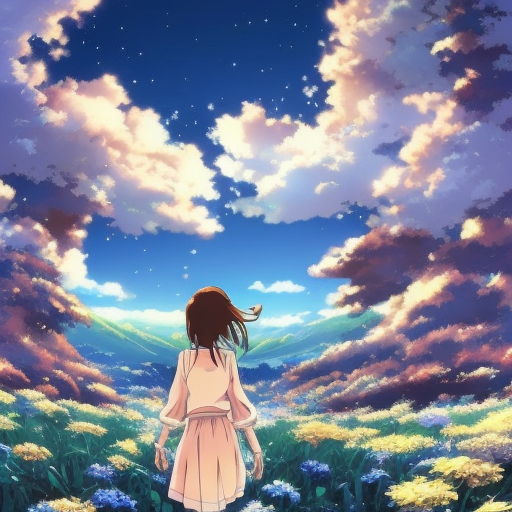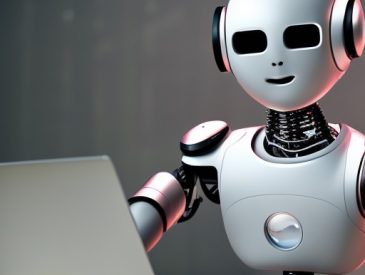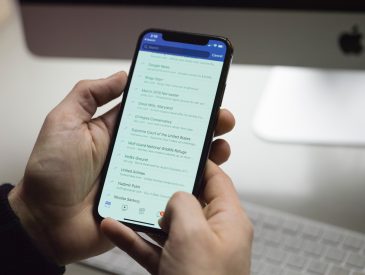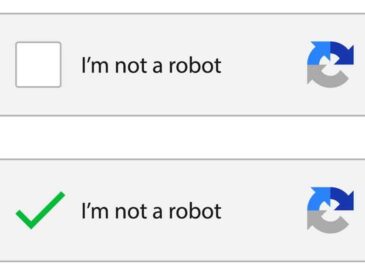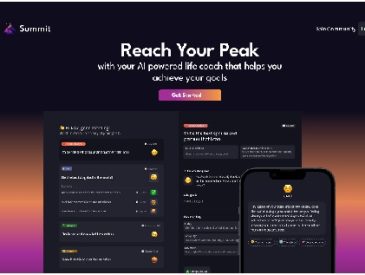When it comes to creating your own AI images, there are many options available. There are programs like Pixray, Artbreeder, and Craiyon. These programs make it easy to create realistic and lifelike images. However, you should be aware that these programs can be expensive. If you want to save money, you should look into the alternatives listed below.
What Is An AI Image Generator?
An AI image generator is a type of software or algorithm that uses artificial intelligence (AI) techniques to create images. It works by analyzing and processing large amounts of data to learn patterns and characteristics that make up different types of images. With this learned knowledge, the AI image generator can then generate new images that resemble those in the original dataset.
The most common type of AI image generator is a Generative Adversarial Network (GAN), which consists of two neural networks: a generator and a discriminator. The generator creates fake images, while the discriminator evaluates the authenticity of the generated images. As the generator creates more realistic images, the discriminator becomes better at identifying the fake ones, and the generator adjusts its output to generate better images.
AI image generators can be used for a variety of applications, such as creating realistic images of products for advertising, generating artwork, or even creating virtual environments for video games. They are also used in medical imaging and scientific research to generate images for analysis and diagnosis. Overall, AI image generators are a powerful tool for generating new and unique images that can be used in a wide range of industries and applications.
How Do Artificial Intelligence Image Generators Work?
Artificial Intelligence (AI) image generators use deep learning algorithms to generate images that resemble real-world objects or scenes. These algorithms are trained on vast amounts of data to learn how to generate images based on certain criteria.
The most common type of AI image generator is a Generative Adversarial Network (GAN). A GAN consists of two neural networks: a generator and a discriminator. The generator generates images, and the discriminator evaluates the images to determine if they are real or fake.
During the training process, the generator creates fake images, and the discriminator attempts to distinguish these fake images from real images. As the generator creates more and more realistic images, the discriminator becomes better at identifying the fake images, and the generator adjusts its output accordingly.
Over time, the generator becomes better at creating realistic images that fool the discriminator. The output of the generator can be controlled by adjusting the criteria used to train the algorithm, such as the types of objects or scenes the generator should generate.
AI image generators can be used for a variety of applications, such as creating photorealistic images of products for advertising, generating art, or even creating virtual environments for video games.
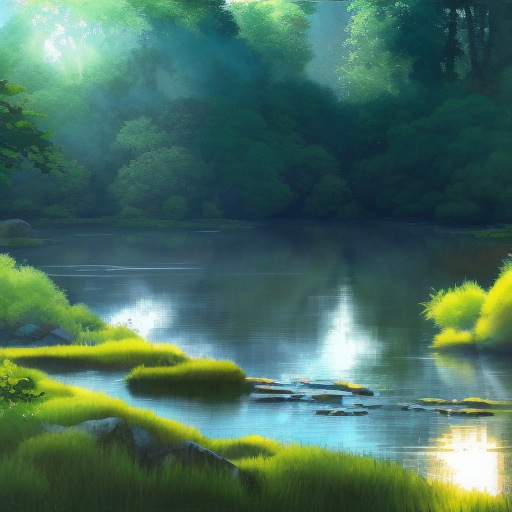 DALL-E 2 By OpenAI
DALL-E 2 By OpenAI
DALL-E 2 is one of the most popular AI art creation tools around. It is based on machine learning, and combines natural language descriptions of an image into a highly realistic output.
DALL-E 2 can create a variety of different kinds of art. This includes stuffed animals, statues, and designer chairs. The site also lets you edit your creations. You can change the color, size, and position of your objects. As well as adjusting the shadows and reflections.
DALL-E 2 also has a feature called Outpainting, which lets you expand your pictures beyond their original dimensions. To use this feature, upload an image, and then ask the AI to create a larger version of it. Read more about DALL-E 2 here.
Artbreeder
Artbreeder is a great tool for creating your own AI images. It uses artificial intelligence to generate photorealistic character portraits. You can create images with different features such as facial expressions, eye color and hair color. In addition, it allows you to combine multiple pictures into one image. And even create video animations of your images. Artbreeder offers a variety of styles to choose from. These include Characters, Sci-Bio Art, Buildings, Portraits and Landscapes. The interface is easy to use. You can upload your own photos or create a new one. You can even add text and prompts.
GoCharlie
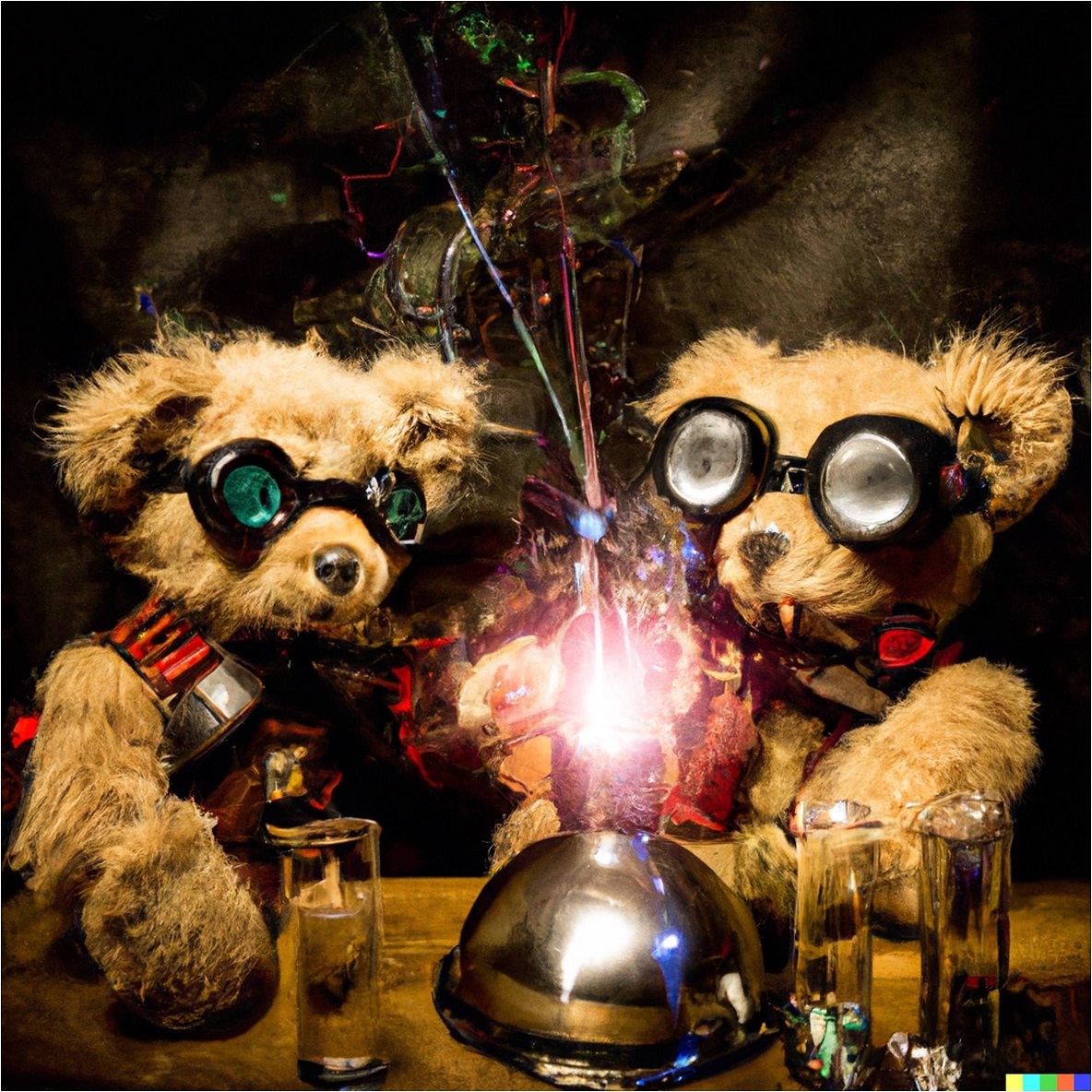
DALL*E mini
If you’re looking for a way to create your own DALL*E mini, Dall-E Mini is an online art program that’s free to use. The system uses artificial intelligence to generate images based on text prompts. In other words, you give it a word, and it tries to create nine different pictures that match the description. But DALL-E isn’t the only AI system to make your own art. Other generative AI art systems include Midjourney and Stable Diffusion. These systems have gained a lot of attention in the past couple of years, and they’re causing a lot of controversy.
DALL*E by Wombo
DALL*E by Wombo AI Unlimited is a web service that converts text into beautiful illustrations. It allows users to generate unlimited artworks from their written words. The app uses machine learning techniques to generate images and has a user-friendly interface.
Its interface allows users to change the colors, add elements, and adjust reflections and shadows. In addition, it has a paintbrush tool that allows them to add details to the image. This AI-based art generator is available in both a free version and a paid one. Users can get started by creating an account. They can then create up to 25 images per month for free. However, users can also earn credits by watching ads or sharing their creations on social media. These credits help train the existing AI.
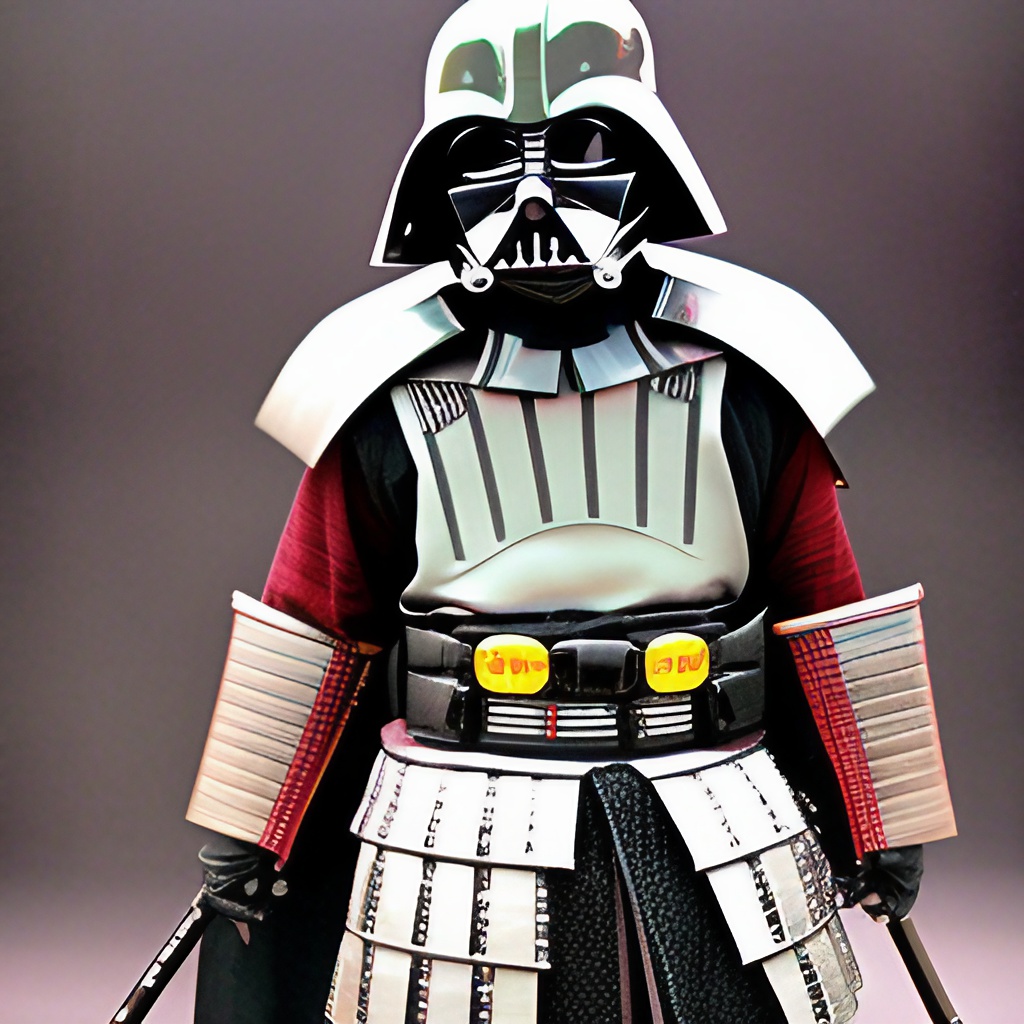 Craiyon
Craiyon
Craiyon AI Unlimited is a website and app that allows you to generate artificial intelligence images. You can type in keywords or phrases and request a style of image. It is a free service that you can access anytime and anywhere. However, there are some limitations to the service.
The best thing about the app is that it produces high-quality artwork. Users can also choose from a variety of styles and genres. Although the end product is not quite as impressive as some of the other services, the process is quick and easy.
AI Unlimited
AI Unlimited is a revolutionary new product that promises to make image creation easier than ever before! Forget expensive software and hours of design work – with AI Unlimited all you need is some keywords and within seconds, you’ll have a professional-looking image created with no graphic design skills or artistic ability required. Best of all, it’s only $11.99. Read our AI Unlimited review here.
Furthermore, there are no extra payments or credit systems – just the one time cost with AI Unlimited. And if you’re not satisfied, they even provide a 30-day money-back guarantee so you can be sure that your money spent was well worth it. Buy AI Unlimited for only $11.99
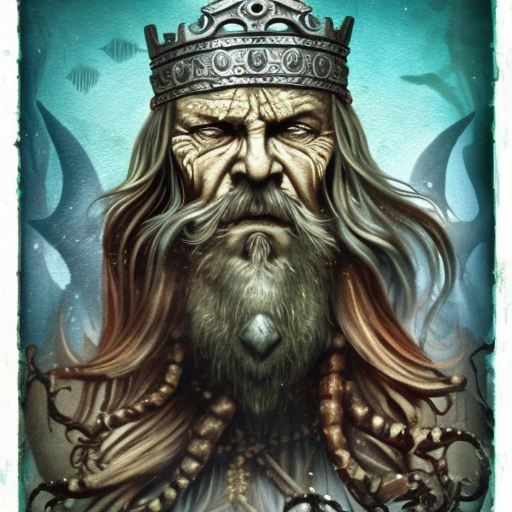 NightCafe
NightCafe
NightCafe AI Unlimited is a software program that generates digital artwork by using advanced artificial intelligence algorithms. It allows you to create stunning images in minutes. You can also print and ship your AI-generated art. The software is available for free and features a wide array of outputs.
NightCafe works by turning basic English words into paintings, illustrations, or other artistic mediums. The result is a colorful, lifelike, and vibrant image.
NightCafe’s website has an intuitive interface that makes it easy to edit and tweak your picture. Users can add various art styles, cultural genres, and techniques. Additionally, the company grants users permission to use the resulting images. In addition, they offer an affordable plan, which includes five credits for free.
Pixray
If you want to create your own AI images, Pixray is a great tool. This AI generator uses an artificial intelligence engine to draw artwork from text. It has a simple interface and lots of customization options. You can run it in your browser or on your PC. It is free to use and you can earn up to 15 credits for each generation you do. The quality of the results are not always perfect. Nonetheless, they are beautiful.
Jasper Art
Another AI generator to look at is Jasper Art. This free AI image generator allows you to choose from several styles. The outputs are high quality and unique photos. There are also a few features you can use to customize your images.
How Do I Get The Best Results From An AI Image Generator?
Getting the best results from AI image generators requires a combination of technical expertise and creative intuition. Here are some tips for optimizing your use of AI image generators, to help you become image AI pro:
- Choose the right AI image generator: There are many different types of AI image generators available, and each one has its strengths and weaknesses. Some are better at generating realistic images, while others are better at creating more abstract or artistic images. Choose an AI image generator that aligns with your goals.
- Prepare high-quality input data: The quality of the input data will directly impact the quality of the generated images. Therefore, it is essential to ensure that your input data is of high quality and relevant to the task at hand. Use high-resolution images and carefully curate the data set to include only the relevant information.
- Fine-tune the algorithm: Most AI image generators allow for fine-tuning of the algorithm to achieve better results. Adjust the hyperparameters, such as learning rate and batch size, to optimize the algorithm for the task at hand.
- Understand the limitations of AI image generators: While AI image generators are powerful tools, they also have limitations. For example, they may struggle with generating images that have never been seen before or require a high level of creative input. Understanding the limitations of the technology can help you to manage your expectations and work within its capabilities.
- Experiment and iterate: AI image generators are not a one-and-done solution. To get the best results, it may be necessary to experiment with different algorithms, data sets, and hyperparameters. Continually iterate and refine the process to achieve the desired output.
By following the above tips, you can optimize your use of AI image generators and generate high-quality images for a variety of applications.
Are AI Generated Images Considered Art?
Whether AI-generated images are considered art or not is a matter of debate and interpretation. Some argue that the process of creating art requires human creativity and intentionality, while others argue that if the AI system is capable of generating unique and aesthetically pleasing images, then those images should be considered art.
One of the main challenges in determining whether AI-generated images can be considered art is the question of authorship. If a human artist uses an AI system as a tool to create an artwork, who should be credited as the author of the work? Similarly, if an AI system generates an image autonomously, without any human intervention, who should be considered the creator of the image?
Ultimately, the question of whether AI-generated images can be considered art may depend on individual perspectives and definitions of what constitutes art. Some may view these images as simply computer-generated graphics, while others may see them as a new form of artistic expression that blurs the lines between human and machine creativity.
Can I Earn Money From Making AI Generated Images And Art?
Yes, it is possible to earn money from making AI-generated art. With the advancements in technology and the growing interest in AI-generated art, there is an increasing demand for such artwork in various industries, such as advertising, fashion, and entertainment.
AI-generated art can be created using various techniques, such as generative adversarial networks (GANs), neural style transfer, and deep learning. These techniques allow artists to create unique and intricate artworks that would be difficult or impossible to create by hand.
Some artists and designers are already using AI-generated art to create products and designs, such as clothing, prints, and even sculptures. There are also online marketplaces and platforms, such as ArtBreeder, AI Art House, and Deep Dream Generator, where artists can showcase and sell their AI-generated artworks.
However, it is important to note that while there is potential to earn money from making AI-generated art, it may not be a reliable or sustainable source of income for everyone. Like any other creative field, success in AI-generated art requires talent, hard work, and dedication. Additionally, the market for AI-generated art is still relatively new and constantly evolving, so it may take time to establish oneself and find a niche in the industry.
Can I Generate An AI Image Without Any Artistic Ability Or Skills?
Yes, it is possible to generate an AI image without any art skills. Advances in machine learning and artificial intelligence have made it easier for individuals without artistic training to create images using AI-powered tools.
There are several AI-powered image generation tools available that can be used by anyone, regardless of their level of artistic ability. For example, ArtBreeder is an AI-powered platform that allows users to generate images by combining and mutating existing images, without the need for any artistic skills. Similarly, Deep Dream Generator and Runway ML are other examples of platforms that enable users to create images using AI algorithms.
These tools use advanced algorithms to generate images based on input parameters such as color, shape, and style. Some tools also allow users to fine-tune the generated images by adjusting various parameters, such as color saturation, contrast, and brightness.
It is important to note that while these AI-powered tools can be used to create images without any art skills, the quality of the generated image will depend on several factors, including the complexity of the input parameters, the quality of the source images used, and the proficiency of the AI algorithms. Therefore, while it is possible to create AI-generated images without any art skills, the resulting images may not always meet the standards of professional artists and designers.
Is There Any Limitations To The Types Of Images And Art That Can Be Generated By AI Image Generators?
While AI image generators have come a long way in recent years, there are still some limitations to the types of images and art that can be generated by these tools.
One limitation is that AI image generators rely on existing data sets to generate new images. Therefore, the range of images and art that can be generated is limited to the data sets that are used to train the AI algorithms. If the data sets are limited or biased, the generated images may not accurately represent the full range of artistic styles and genres.
Another limitation is that AI image generators may struggle with generating highly detailed or complex images. While some tools can generate realistic images, they may struggle with generating fine details or intricate patterns that are often found in traditional artwork.
Additionally, AI image generators may struggle with generating images that evoke a specific emotional response or convey a particular meaning. Art is often created with the intention of conveying a message or emotion, and while AI algorithms can learn to recognize patterns and styles, they may not have the same level of emotional or cultural understanding as human artists.
Finally, AI image generators may not be able to fully replicate the unique creative process of human artists, which often involves experimentation, trial and error, and subjective decision-making.
In summary, while AI image generators have made significant advancements in recent years, there are still limitations to the types of images and art that can be generated by these tools. These limitations include the range of data sets used to train the A I algorithms, the ability to generate highly detailed or complex images, the ability to convey a specific emotional response or meaning, and the unique creative process of human artists.
Why Do AI Image Generators Struggle With Drawing Hands?
AI image generators may struggle with drawing hands because hands are a complex and intricate part of the human body. Hands have multiple joints and bones, and they can be positioned and shaped in a wide variety of ways, making them difficult to capture accurately through AI algorithms.
In addition to their complexity, hands are also an important part of many images and artworks. They can convey emotion, action, and narrative, and are often featured prominently in portraiture, figurative art, and other genres.
AI image generators may struggle with capturing the nuances of hands due to the limitations of the data sets used to train the algorithms. Hands are often underrepresented in image data sets, which can result in the AI algorithms not having enough examples to accurately learn how to generate realistic and expressive hands.
Another challenge is that human artists have a deep understanding of the way hands move and express emotions, which can be difficult to replicate through AI algorithms. Hands are often an important part of an artist’s personal style, and the unique nuances of their hand-drawing style can be difficult to replicate through AI-generated images.
So to sum up, AI image generators struggle with drawing hands due to their complexity, the under representation of hands in image data sets, and the difficulty in replicating the nuances of an artist’s hand-drawing style. However, as AI algorithms continue to improve, it is likely that these limitations will be overcome, and AI-generated hands will become more realistic and expressive.
Who Is The Creator Of DALL-E?
DALL-E is an AI-powered image generation system that uses a combination of natural language processing and deep learning algorithms to generate images from textual descriptions. It was developed by OpenAI, an artificial intelligence research organization based in San Francisco, California.
DALL-E is named after the surrealist artist Salvador Dali and the Pixar character WALL-E. It was first introduced in a research paper published by OpenAI in January 2021, and it quickly gained attention for its impressive ability to generate highly detailed and realistic images based on text descriptions.
Why Use An AI Image Generator?
There are several reasons why you might use an AI image generator:
- Time and cost efficiency: AI image generators can create images quickly and at a low cost compared to hiring a professional artist or photographer. If you are in a hurry a and need a few images AI can help.
- Customization: A I image generators can be trained to generate images according to specific criteria, such as color, texture, or style. This level of customization can be challenging to achieve with traditional methods.
- Consistency: AI image generators can create a large number of consistent images that share the same visual style or attributes. This can be useful in creating a cohesive visual identity for a brand or product.
- Creativity: AI image generators can generate new and unique images that may not have been created by humans before. This can be useful in generating new ideas or exploring new visual styles.
- Accessibility: AI image generators can be used by individuals and organizations that may not have access to professional photography or design services. This can level the playing field and provide opportunities for smaller businesses or individuals to create professional-looking images.
Overall, AI image generators are a powerful tool for creating high-quality images efficiently and cost-effectively. They offer a level of customization and consistency that can be difficult to achieve with traditional methods and can open up new creative possibilities.

